Safe Celebrations: Super Bowl LIX
Overview
The 59th Super Bowl will take place on Sunday, February 9th at the Caesars Superdome in New Orleans. The Kansas City Chiefs are facing off against the Philadelphia Eagles. President Donald Trump is expected to attend, marking the first time a sitting president has attended the event in-person. Official estimates indicate that there will be nearly 100,000 people in attendance within and around the Superdome. The facility itself has a maximum capacity of 76,468 persons for football events.

The event has been upgraded by the Department of Homeland Security (DHS) from a SEAR Level 2 to a SEAR Level 1, which is reserved for “Significant events with national and/or international importance that require extensive federal interagency support.” These enhanced security measures can be largely attributed to the recent ISIS inspired terrorist attack that occurred on January 1st within New Orleans's French Quarter. 14 people were killed (excluding the suspect) and at least 57 were injured. Louisiana has declared a state of emergency while the Super Bowl and Mardi Gras take place due to the heightened threat environment.
President Trump’s attendance was a very recent announcement and his presence means that there will be a large US Secret Service (USSS) contingent in the area. This includes specialized units such as the Counter Assault Team (CAT). Advance USSS personnel are already on the ground in the city to prepare for the presidential visit.
Security teams operating in the New Orleans area are advised that the President’s motorcade and protective detail may cause unexpected and sudden travel disruptions and road closures. President Trump’s attendance is also expected to draw large groups of both supporters and protestors that will further crowd the city. Security teams are strongly cautioned to preplan for major traffic disruptions and limited means of emergency egress.
An interactive map of planned road closures and traffic advisories can be found here.
At this time, DHS leadership has stated that there is no credible threat to the event; however, both the FBI and DHS have expressed concerns of a copycat or retaliatory attack. The Super Bowl, outside of drawing large crowds, also carries symbolic weight and cultural significance that make it an attractive target. There will be a number of VIPs and celebrities in attendance. Security teams are advised that in the wake of Brian Thompson’s assassination in New York City, there is still an elevated threat of copycat violence against corporate leadership.
DHS will deploy 690 personnel from across several agencies, including HSI (Homeland Security Investigations), CISA (Cybersecurity and Infrastructure Security Agency), and I&A (Office of Intelligence and Analysis). Special Agent in Charge (SAC) Eric DeLaune (HSI New Orleans) will serve as the federal coordinator for the Super Bowl. As a Louisiana native, DeLaune’s personal and professional familiarity with the region situates him well to coordinate multi-agency efforts.
Historically, the FBI and other Department of Justice (DOJ) agencies have also played a critical role in securing Super Bowls. On January 16th, Lyonel Mythril was appointed as the SAC of the FBI’s New Orleans Field Office and brings with him extensive counterterrorism experience.
There will be an expected presence of over 2,100 law enforcement agents in the area. The National Guard will supplement these figures with 350 personnel. Please note, these initial figures were released before the announcement that President Trump would be attending and are likely to increase. New Orleans has faced difficulties, like many American police departments, in maintaining levels of officers after the COVID-19 pandemic and unrest following the murder of Geroge Floyd. In recent years it has been able to reduce levels of attrition while also finding ways to leverage technology and civilian specialists as force multipliers.
DHS’s Blue Campaign and the FBI will also raise public awareness of human tracking and engage in anti-trafficking operations. Large sporting events are risk multipliers for sex trafficking. Major influxes of tourists and celebrants can drive up the demand for sex work and illicit sexual activities. Because of this, trafficking victims may be temporarily moved to the New Orleans area to be exploited.
Following the Super Bowl, Mardi Gras will begin officially on March 4th. New Orleans will experience another influx of tourists, as well as an uptick in parades right before and during the Mardi Gras season. Mardi Gras revelry and celebrations can also serve as a catalyst for drug and alcohol violations whereas tourists can be targeted for property crimes like pickpocketing and vehicular theft.
Information on Mardi Gras for the city, including a calendar of parades, can be accessed here.
Threat Landscape of New Orleans
Readers are advised that both violent and property crime patterns are relatively consistent across New Orleans. The areas containing the Superdome and French Quarter in the city’s southeast (near the Mississippi River) are assessed as being high risk for both categories of crime, as are the northeastern neighborhoods of Plum Orchard, West Lake, and Read Boulevard East. The Lower Garden District, to the south of the Superdome and directly along the Mississippi River, has a mixed threat profile.

The screenshot below depicts homicide locations in the city from 1/1/24 to 1/27/25. Readers are advised that homicides also largely cluster within or in proximity to the aforementioned high risk neighborhoods. When entering or exiting the city’s French Quarter, the Superdome, Central Business District (CBD), or Central City Historic District, it may be safer to approach/exit from the city’s northwest.

The neighborhoods of Lakeview, Lakeshore, and West End in the northwest have been assessed by Base Operations as having some of the lowest risk for both property and violent crimes. They are also situated away from the Superdome and French Quarter (and the large crowds associated with these areas). It may be beneficial to book accommodation in these neighborhoods during both the Super Bowl and Mardi Gras. Considering that New Orleans has high rates of car theft, it may also be beneficial to park vehicles in this area.

The screenshot below represents hotspots of drug and alcohol violations within New Orleans. Base Operations analyzed 2,204 of these events between 1/1/23 and 1/27/25. Readers are advised that the offenses largely cluster within the French Quarter and around the Superdome (particularly in the Central City Historic District, just southwest of the venue). Although the French Quarter is renowned for its nightlife and beautiful architecture, readers are advised that visiting the area during the Super Bowl carries risks. Widespread drug and alcohol consumption can serve as a threat multiplier for other crimes, such as aggravated assault. The crowded streets will also impede both vehicular and pedestrian travel, as well as egress in the case of an emergency.

ISIS and Potential Terrorist Threats
ISIS, or the Islamic State of Iraq and Syria, is a Foreign Terrorist Organization (FTO) defined by its resilience and effective use of propaganda. The terrorist network has had noted success in leveraging social media platforms (including mainstream ones such as TikTok) and forums to inspire individuals or small groups to commit attacks on its behalf. ISIS also distributes guidance on how to commit attacks, often recommending low-tech methods such as bladed weapons and vehicle rammings that are harder by law enforcement to detect and easier to carry out than attacks involving CBRNE materials/weapons.
Because of these propaganda and recruitment tactics, one of the key challenges that the network poses to security and intelligence professionals is that it doesn't need to have direct contact with or provide material support to radicalized individuals to further its goals.
The FBI, DHS, and National Counterterrorism Center have publicly available guidance on identifying signs of individuals or groups mobilizing to pursue violent extremist activities. Understanding these precursors can help personnel identify suspicious activity and proactively intervene.
New Year’s Eve Terror Attack and Terrorist Tactics
On January 1st, 2025, terror suspect Shamsud-Din Jabbar drove his truck into a crowd on Bourbon Street within New Orleans's French Quarter. The attack occurred at approximately 3:15 AM. Jabbar was inspired by ISIS and flew an ISIS flag on the back of his truck when committing the attack. A US citizen and army veteran based out of Houston (Texas), Jabbar also planted two improvised explosive devices (IEDs) in coolers within the vicinity of Bourbon Street. Both of these devices were recovered by the FBI. There’s currently uncertainty as to whether Jabbar didn’t have the opportunity to denote the devices or if the IED failed to denote due to a technical failure.
After committing the vehicular attack, Jabbar opened fire on local police and was killed during the firefight (despite wearing body armor).
The FBI, at the time of reporting, believes that Jabbar acted alone. Nevertheless, the Bureau is following up on potential leads as Jabbar had traveled to Egypt and Canada, as well as visited New Orleans before the attack. It appears that the suspect wore Meta Ray Band smart glasses to film the area while conducting reconnaissance during his earlier trip to the city, allowing him to obfuscate his surveillance activities.
Part of the reason his attack was so damaging was because anti-vehicle bollards in parts of the French Quarter were being replaced as part of preparations for the Super Bowl. There were no temporary concrete barriers as a failsafe while this work was being completed (Jabbar was able to maneuver around a police blocker vehicle). Jabbar also rented a Ford F-150 Lightning for the attack. The weight of the vehicle’s electric battery made it more lethal while its engine design enabled Jabbar to accelerate quickly without the need for much space.
Although any threat actors operating in New Orleans would have to contend with heightened security measures, a recent federal statement details that:
“The FBI and DHS are concerned about possible copycat or retaliatory attacks due to the persistent appeal of vehicle ramming as a tactic for aspiring violent extremist attackers. Previous attackers inspired by foreign terrorist organizations (FTOs) who have conducted vehicle attacks in the United States and abroad have used rented, stolen, and personally owned vehicles, which are easy to acquire. Some have used additional weapons, such as firearms and knives, to attack individuals after the vehicle has stopped. Additionally, attackers may attempt to conceal and pre-position improvised explosive devices (IEDs) to supplement a vehicle attack. Targets have included pedestrians, law enforcement or military members, and crowded public venues, including festivals and commercial centers, which generally are accessible from roadways.”
Security teams operating in the New Orleans area are advised to ensure that all anti-vehicle measures are fully operational and in working order. It may also be beneficial to temporarily restrict vehicle access to pedestrian entryways and chokepoints (e.g., lobbies) for the duration of the Super Bowl and Mardi Gras. Teams are also advised that some ballistic vests are ineffective against stabbing attacks and that supplementary/alternative equipment may be needed for more comprehensive protection.
CISA’s guidance on vehicle ramming mitigation can be accessed here.
It may also be advantageous to distribute reference materials on models of smart glasses to security personnel in order to help identify suspicious behavior.
Readers are reminded that the mass shooting that occurred at the Kansas City Chiefs Super Bowl Parade in 2024 did not have an nexus to terrorism. Rather, the tragic event appears to have been the result of interpersonal disputes between the suspected parties. Nevertheless, it’s an example of how large crowds are susceptible to gun violence and panic.
Global ISIS Developments
Base Operation recently published a report on major incidents and global developments that covers, in part, ISIS and al-Qaeda activity. Security teams with operations in Africa and the Middle East are highly encouraged to read this piece. Military strikes and terrorist activity for both networks have been increasing across multiple African countries. President Trump’s first major military operation (of his second term) was against an ISIS leader in Somalia, reflecting growing concerns over the situation.
The screenshot below depicts sites of Islamic State related political violence in West Africa between 1/1/24 and 1/24/25 (including counterterrorism activity). US influence in the region has been fluctuating, in part due to Niger aligning itself more firmly with Russia. Russian forces in Africa, though, have been critiqued for not having the resources, experience, and drive to effectively conduct counterterrorism operations. Niger experienced a coup d'état and government overthrow in 2023 and it’s important to note that terrorist groups benefit from political instability.

ISIS branches are also a major threat in Syria, Iraq, and Afghanistan. ISIS-K (Islamic State – Khorasan Province), in particular, has become a preeminent concern due to its aggressive tactics and foothold in Afghanistan (where Western intelligence has limited insight after the Taliban retook the country). The Trump administration also appears to be committed to combatting ISIS in this region. US backed Iraqi forces launched a precision airstrike against ISIS in Iraq on 1/31/25, killing five fighters. It is also supporting the newly formed Syrian government in pursuing ISIS cells within the wartorn country.

Security professionals are also advised that President Trump recently made comments suggesting that the US could deploy forces to Gaza to redevelop the area after the permanent removal of the Palestinians there to a new location or neighboring countries. Regardless of whether these statements are actionable, they may incite and catalyze FTOs that are opposed to Western military presence in the Middle East and US support for Israel. These statements were also made during the strained ceasefire between Israel and Hamas. The situation is still developing and there is uncertainty as to whether they will result in an escalation of tensions.
Due to the President’s attendance of the Super Bowl, security teams operating in the area are advised that there is an increased risk of political unrest and protests due to these statements. The President’s flurry of executive orders designed to reshape the federal government and social policies has also increased the risk of protests by social justice groups and heavily impacted parts of society (e.g., LGBTQIA+ communities).
Base Operations personnel have been tracking the threat of ISIS and the danger it poses to major events. For greater context, readers are strongly encouraged to read previous Base Operations threat assessments for additional information on ISIS activity earlier in 2024/2025. These assessments are linked below:
- Safe Celebrations: Pride 2024
- Safe Celebrations: 2024 Paris Olympics and Paralympics
- Security Assessment: 2024 Republican & Democrat National Conventions
- Security Assessment: 2024 United Nations General Assembly
- Security Assessment: 2024 U.S. Presidential Election
Resources and Recommendations
- The city’s webpage dedicated to the Super Bowl can be accessed here. Readers are advised to consult it regularly for situational awareness and transit related information, as well as to sign up for alerts or text NOLAREADY to 77295 for them.
- Readers are also encouraged to download the NOLA Ready Public Safety App for both the Super Bowl and Mardi Gras.
- The event area is at an elevated risk of drunk and impaired drivers. It’s encouraged to contact the Louisiana State Police at *577 to report dangerous driving activity.
- Those with hospitality operations in the area are advised to train staff on the warning signs of human trafficking. Hotel rooms can be repurposed to facilitate forced prostitution.
- It may also be advantageous to conduct OSINT on any local websites and classifieds that advertise sexual services to flag anything with a nexus to your organization’s properties.
- Further information, from the DHS Blue Campaign, on human trafficking and how to identify it can be found here. Law enforcement agencies often have outreach programs and offer training on this issue as well.
- To report suspicious activity, information for Louisiana’s See Something, Say Something program can be accessed here.
- Contact information for the FBI’s New Orleans Field Office can be found on this webpage.
- The New Orleans Office of Homeland Security & Emergency Preparedness (NOHSEP) can be reached at 504-658-8700 or ready@nola.gov.
- The NFL’s official guidance on its security procedures and prohibited/restricted items for the event can be found here. Readers are encouraged to read through them before attending the Super Bowl as the organization’s Clear Bag Policy is in effect and the list of prohibited objects has been expanded. There will also be armored checkpoints and mandatory bag checks in the enhanced security zones surrounding the Super Dome and French Quarter.
- The Louisiana State Police’s safety tips for the event can be found on this site.
- A Homeland Security Today article summarizing the TSA’s travel tips for fans flying to New Orleans for the game can be accessed here.
Although attending a high-profile event in the wake of a terrorist attack can be intimidating, security preparations for the Super Bowl have been underway for several months. There will be thousands of highly dedicated and trained law enforcement personnel and private security professionals on-site to protect the event and ensure that attendees have a safe experience. Celebrating this uniquely American institution sends a message of solidarity to the New Orleans community and is an act of defiance against threat actors that wish to cause fear and disruption.
Footnotes
- DHS Agencies Support Super Bowl LIX Security
- Special Event Assessment Rating (SEAR) Events Fact Sheet
- Exclusive: Secret Service in New Orleans already ahead of Trump's visit to Super Bowl
- DHS Agencies Support Super Bowl LIX Security
- Securing the Super Bowl — FBI
- DHS: No specific credible terrorist threats surrounding Super Bowl in wake of Jan. 1 attack
- Please note, ISIS is also commonly referred to as IS (Islamic State) and ISIL (Islamic State of Iraq and the Levant).
- ISIS-K threat grows as it targets disaffected Muslims with sophisticated propaganda
- Chemical, Biological, Radiological, Nuclear, and Explosive.
- 2025 New Orleans Truck Attack: The Role of Electric Vehicles and Peer-to-Peer Platforms | International Centre for Counter-Terrorism
- Internet Crime Complaint Center (IC3) | Threat of Copycat Attacks after ISIS-Inspired Vehicle Attack in New Orleans
- Trump's first major military operation in second term targeted ISIS in Somalia - CBS News
- US-backed forces kill five ISIS operatives in Iraq, capture leaders in Syria
- Trump's suggestion that US 'take over' the Gaza Strip is rejected by allies and adversaries alike
Takeaways
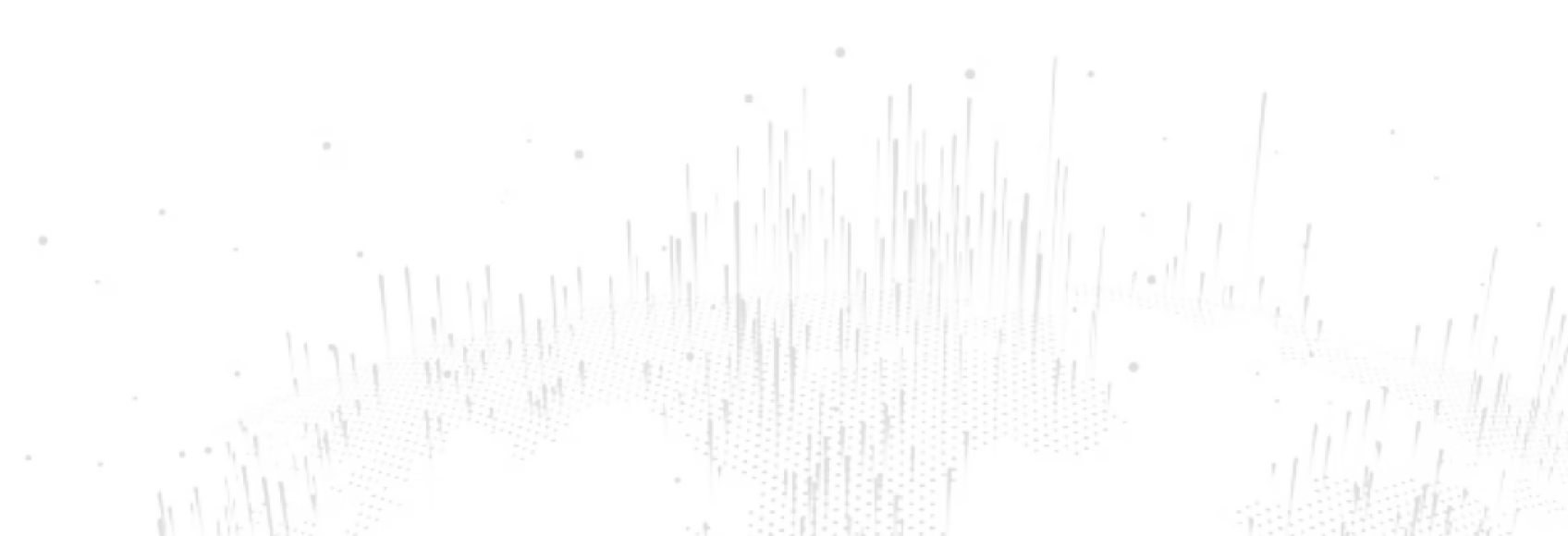
Join 1100+ security leaders getting new ideas on how to better protect their people and assets.
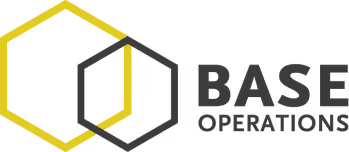
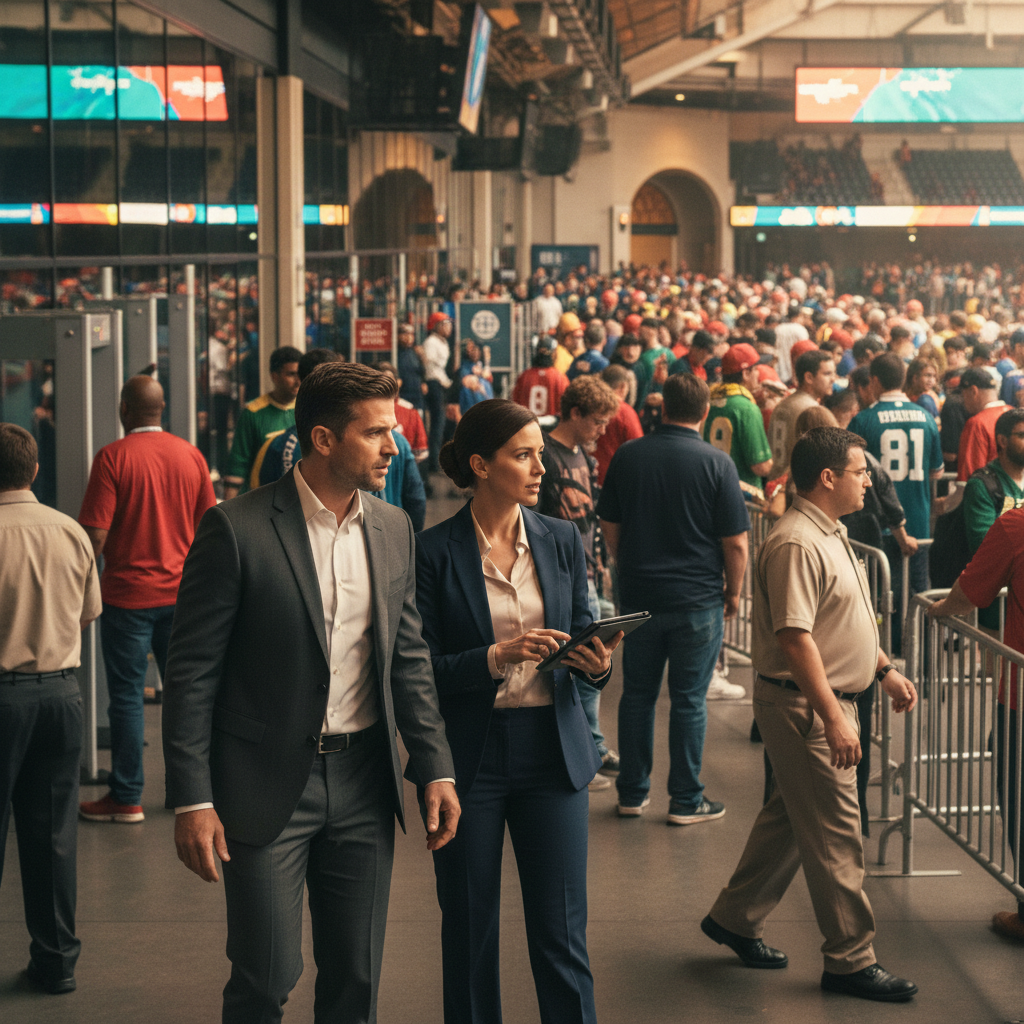
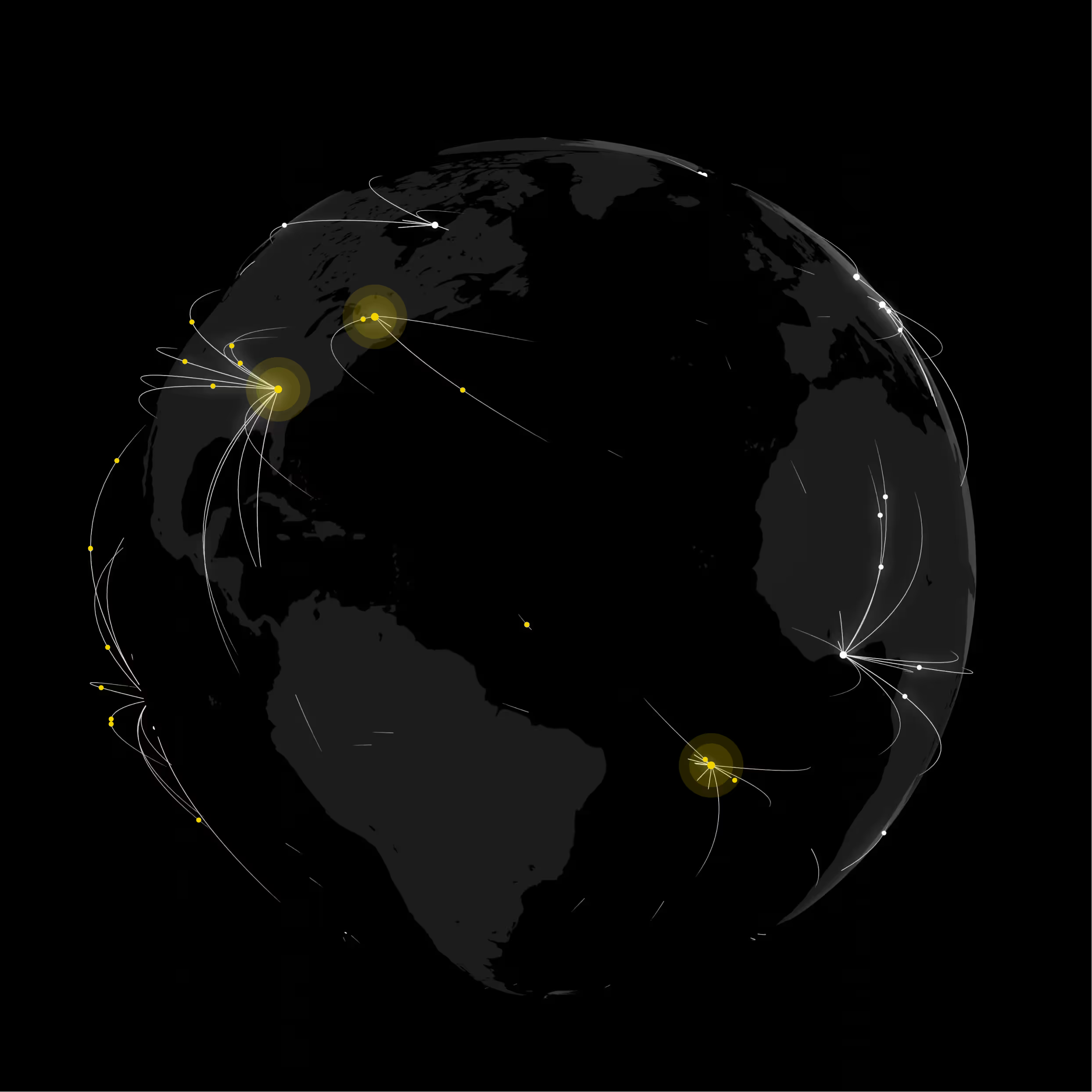


.jpeg)
